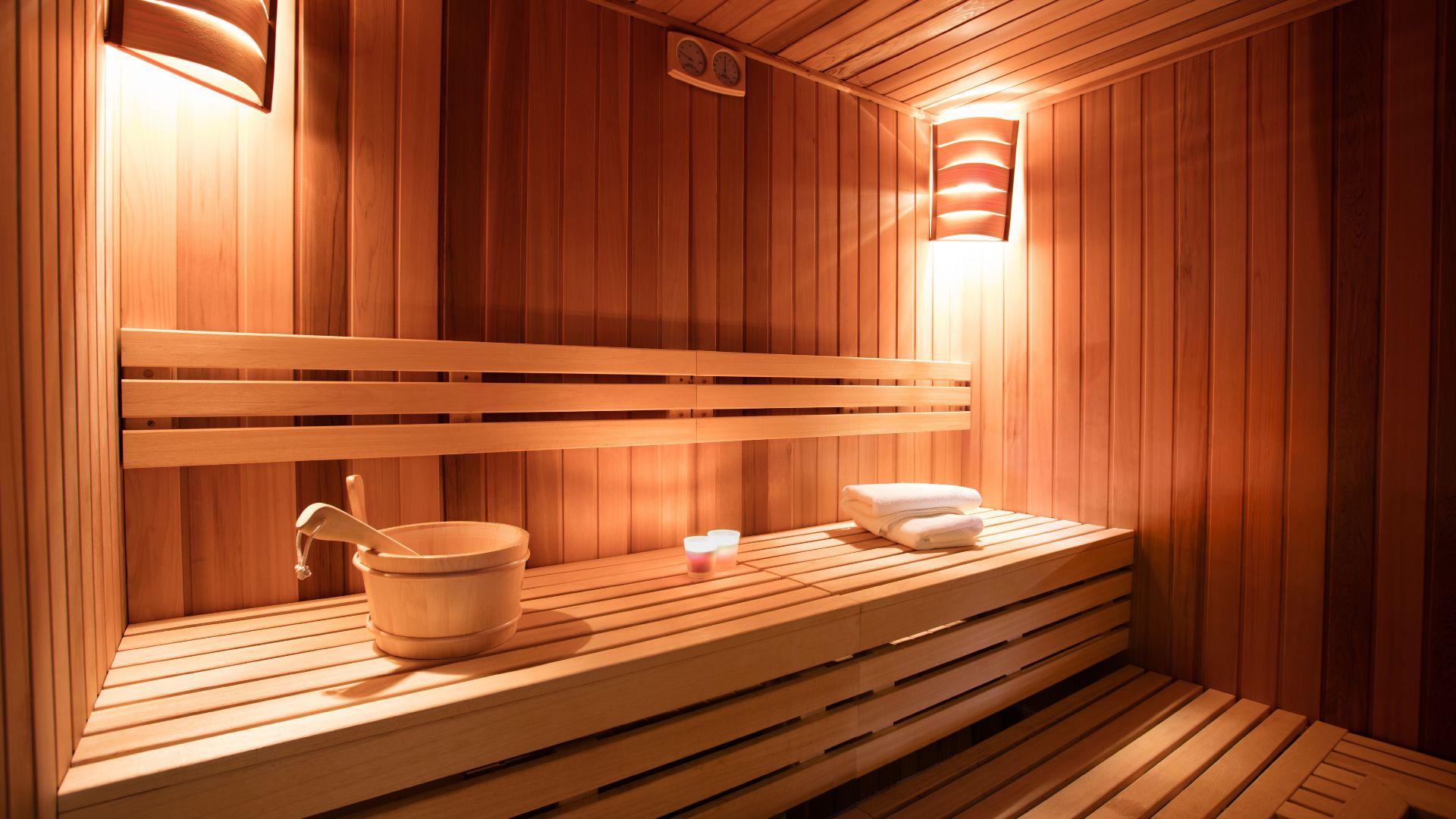However, a common misstep is overlooking a crucial component—while they’re well-versed in the science of recovery techniques, their clients often are not. They endeavour to offer a service that might not address a problem their gym members are even aware of. Simply put, you can’t market a solution to someone who doesn’t know they have a problem.
Enter Eugene Schwartz’s five stages of awareness—an invaluable concept in the world of marketing. Ranging from ‘Unaware’ to ‘Most Aware’, these stages represent a potential customer’s journey towards purchasing a product or service. Gym owners typically target ‘Solution Aware’ customers, who understand that regular exercise can help them meet their fitness or health goals. They’re looking for a solution to a problem they’re well aware of.
Now, let’s consider the new offering—saunas. Here, the ideal client isn’t ‘Solution Aware’ but ‘Problem Aware’. They know they have a problem—perhaps lingering muscle soreness or a need for relaxation—but they haven’t recognised saunas as a viable solution. The marketing strategy, therefore, requires a shift.
But why is this necessary? Because gym owners are offering a solution to a problem gym-goers may not realise they have. Understanding this changes the game. So, the task ahead is not just promoting saunas, but educating clients about the benefits of post-workout heat therapy—a problem they didn’t know could be solved.
Shifting our focus to the roadmap—how do you market a sauna to your ‘Problem Aware’ clients? The journey begins with identifying the issue saunas resolve. Studies indicate sauna use can assist with muscle recovery, reduce the risk of cardiovascular diseases, and support mental health.
The next step is framing your marketing messages to reflect these problems and position the sauna as the answer. Use persuasive copy to highlight the issue—”Struggling with muscle recovery?” or “In need of deep relaxation?”—and offer the sauna as a promising solution.
However, the work doesn’t stop there. To truly bridge the awareness gap, gym owners need to craft and share educational content. Think blog posts explaining the science behind heat therapy, social media posts with quick facts about saunas, or workshops demonstrating effective sauna usage.
Consider incorporating testimonials, too. Narratives from fellow gym-goers who’ve experienced the benefits of sauna use first-hand serve as compelling advertisements. You might even offer trial sessions or discounts, inviting members to directly experience the solution to their newly discovered problem.
Let’s take an example. A well-known gym chain recently reported success in its sauna marketing campaign by employing these strategies. Their educational social media posts showcased the science behind sauna use for recovery, with clear, jargon-free explanations. They coupled this with member testimonials and promotional offers for trial sauna sessions. The result? A notable increase in sauna use and membership retention.
Another critical aspect of this approach is being benefit-driven. Marketing isn’t about features—it’s about benefits. Don’t merely list the sauna’s attributes, but showcase the improvements it can bring to the members’ gym experience.
In closing, the introduction of saunas in gyms isn’t merely a revenue question—it’s a marketing challenge. It calls for a shift in the target audience—from ‘Solution Aware’ to ‘Problem Aware’—and demands a different approach. Armed with this understanding, gym owners can effectively promote saunas by bridging the awareness gap and speaking to the right audience.
As you set about implementing these strategies in your marketing efforts, remember that every gym-goer is a potential sauna user—they just may not know it yet.





